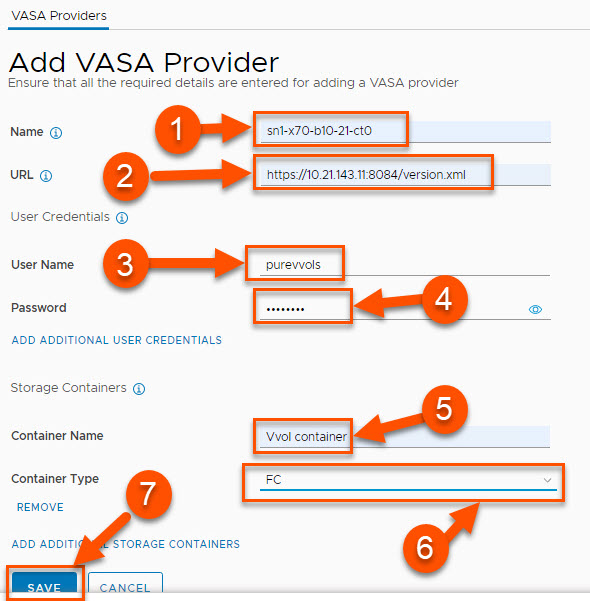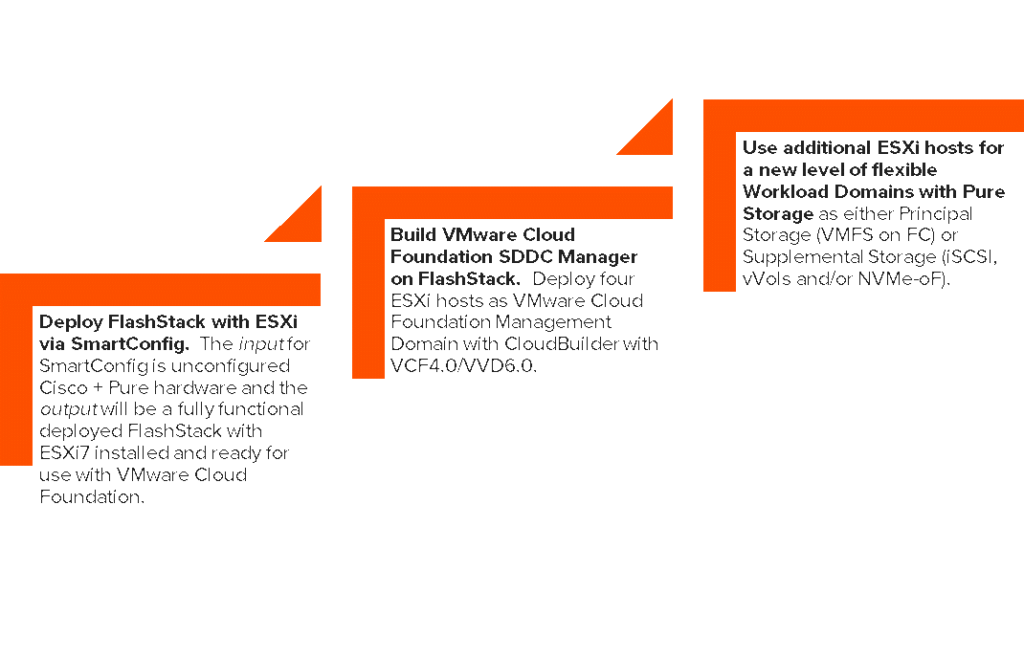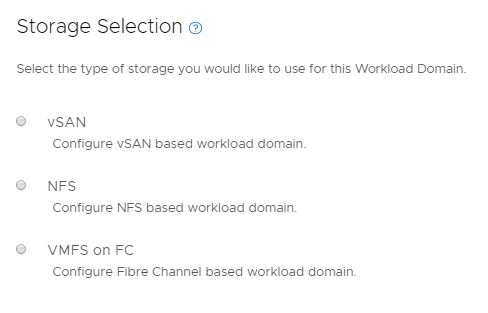Previous series on Tanzu setup:
- Tanzu Kubernetes 1.2 Part 1: Deploying a Tanzu Kubernetes Management Cluster
- Tanzu Kubernetes 1.2 Part 2: Deploying a Tanzu Kubernetes Guest Cluster
- Tanzu Kubernetes 1.2 Part 3: Authenticating Tanzu Kubernetes Guest Clusters with Kubectl
The next step here is storage. I want to configure an ability to provision persistent storage in Tanzu Kubernetes. Storage is generally managed and configured through a specification called the Container Storage Interface (CSI). CSI is a specification created to provide a consistent experience in an orchestrated container environment for storage provisioning and management. There are a ton of different storage types (SAN, NAS, DAS, SDS, Cloud, etc. etc.) from 100x that in vendors. Management and interaction with all of them is different. Many people deploying and managing containers are not experts in any of these, and do not have the time nor the interest in learning them. And if you change storage vendors do you want to have to change your entire practice in k8s for it? Probably not.
So CSI takes some proprietary storage layer and provides an API mapping:
https://github.com/container-storage-interface/spec/blob/master/spec.md
Vendors can take that and build a CSI driver that manages their storage but provides a consistent experience above it.
At Pure Storage we have our own CSI driver for instance, called Pure Service Orchestrator. Which I will get to in a later series. For now, lets get into VMware’s CSI driver. VMware’s CSI driver is part of a whole offering called Cloud Native Storage.
https://blogs.vmware.com/virtualblocks/2019/08/14/introducing-cloud-native-storage-for-vsphere/
This has two parts, the CSI driver which gets installed in the k8s nodes, and the CNS control plane within vSphere itself that does the selecting and provisioning of storage. This requires vSphere 6.7 U3 or later. A benefit of using TKG is that the various CNS components come pre-installed.
Continue reading “Cloud Native Storage Part 1: Storage Policy Configuration”



